 
|
||||
|
|
STEVEN HALPERN |
|||
|
Enter New Age music pioneer and West Coast recording artist and cannabis enthusiast Steven Halpern and his 2021 album Cannabis Dreams. With over a hundred albums in his catalog, recorded over a 45 year career, Steven Halpern is considered by many music aficionados to be the original New Age electronic music pioneer, having released his early albums on vinyl and cassette starting way back in 1975, when there were no other albums of its kind available in New Age bookstores, let alone in the big music stores. All of Steven’s music is recorded with the intention of creating a relaxing, healing and meditative state of mind. He also pioneered the blending of healing music with brainwave entrainment tones to heighten the elevational effect, for which he has coined the term “Audio Contact High” or ACH. A soundtrack merging vibes from New Age, electronic and dreamy meditation music, the 11-track, 78 minute, mostly instrumental Cannabis Dreams finds Steven recording in the studio with a number of artists including Michael Manring (fretless bass), Paul McCandless (bass clarinet) and Richard Horowitz (synths). Two tracks feature wonderful wordless vocals by Kristin Hoffmann. Key to the sound of Cannabis Dreams is Steven’s amazing sounding Rhodes Mark 7 electric piano, which he claims, “Produces tones like crystal singing bowls or tuning forks, but played by a keyboard,” adding “It’s my signature sound, and I am the only sound healer who features this extraordinary healing instrument.”
In the four part title track, Steven cites rock guitar icon Carlos Santana and his line of cannabis products as being another influence. In October 2020, at the height of the global pandemic, the premium cannabis brand called “Mirayo® by Santana arrived. This sun-grown cannabis line honors the spiritual and ancient Latin heritage of the plant. In fact, two parts of the “Cannabis Dreams” title track – a four part adventure – pays a kind of musical homage to the Mirayo® by Santana strain of cannabis which Steven discovered, after the album was recorded and mastered. After listening to Cannabis Dreams there is no doubt that Carlos Santana and Steven Halpern are artists that are on the same wavelength with both espousing cannabis as a “door to a more benevolent behavior like kindness and compassion.” With most of the tracks here inspired by a specific strain of cannabis, music lovers can’t go wrong listening to this album, whether under the influence or seeking a contact high without cannabis. Either way, the result is a deeply meditative state of mind. www.StevenHalpernMusic.com
mwe3.com presents an interview with
Steven Halpern: Cannabis Dreams is by no means to the first album to connect music and marijuana. Songs like “Minnie The Moocher” by Cab Calloway in 1932 was 100 years ago, but this album is groundbreaking in that it honors the communication and inspiration we can experience if we are open to it. I am not aware of any other musician who has done research and recorded different compositions, each recorded while smoking only that one specific strain. mwe3: How does the cannabis plant affect you as a musician and an artist? Steven Halpern: For me, with one toke, I can tune in to the same sacred sonic space and continue to add layer upon layer of atmospheric, luminous tones. mwe3: Seems like a natural connection. Steven Halpern: I always had a need to be in nature, among trees. I joined the track team in high school so I could run long distance through Valley Stream State Park. I never got to experience the ‘runner’s high’, which had not been identified back then. I had a spiritual awakening in the summer of 1967 while taking a Botany 101: Nature was alive! And marijuana helped me tune in. mwe3: Tell us something about growing up in New York. Steven Halpern: I grew up in Valley Stream on Long Island. No valley, no stream, but a state park that I had to walk through to get to high school. Loved the ‘greenergy’. Music was my ‘hobby’ at an early age, though my parents had no music playing in the house, ever. But that was cool, because they didn’t shove classical music down my throat. I picked trumpet from school band in 3rd grade, and got into jazz improvisation by age 12. I was a good student, and had some great teachers, but I didn’t really begin to learn who I was until attending University of Buffalo. There I met and was mentored by master poets and musicians like jazz legend Ron Carter, and a founding member of the Legalization of Marijuana (LEMAR), Dr. Michael Aldrich. After I got my B.A,. I was accepted into a Master’s program studying cross cultural expressions of music for healing and meditation, like Indian raga and Sufi music. I thought I’d be teaching in a college somewhere in my major, sociology of education and creativity. I formed an 8 piece jazz-rock band that almost got famous. When that fell apart, I had two weeks off, and flew out to San Francisco.
Steven Halpern: My life changed in an instant in November 1969. While visiting the San Francisco area for two weeks, I had a totally unexpected initiation into the realm healing music. It came as I meditated in the middle of a majestic circular redwood grove in the hills above Santa Cruz. Steven Halpern: It is synchronicity, cosmic coincidence control. I had already finished the album, or so I thought. When I read Santana’s interview, I intuitively knew that I would be inspired to compose new music. I had to make room for it on the album, and called the CD pressing plant to hold production. I had already been recording my basic tracks for Cannabis Dreams for four years starting in 2015. My research protocol was simple: I would smoke only the same strain when I recorded overdubs in the studio. I would also listen at home to the references mixes as I drifted off to sleep, often getting very clear editing ideas in dreams. The title acknowledges what I call my “co-composers.” If Santana’s interview was published two weeks later, my album would have already been released to the public on my website and the online music platforms. So, I immediately ordered a ¼ ounce from my favorite delivery service. Even though it was the middle of my workday, I couldn’t wait to experience Mirayo® by Santana: Strawberry Banana. I went back to my computer, and was unprepared for the sudden elevated vibe that I felt ten minutes later. As a trained biofeedback researcher, I could tell that my brain had shifted into a higher octave of coherence. I was suddenly in a mindful state of inner peace. mwe3: I read where you said you had some of the music on Cannabis Dreams ready in 2015 but you wanted to wait until there was full legalization of the plant to release it? Cannabis has suffered so much blasphemy over the decades and as such, we’re tired of the punishment. Steven Halpern: Correction. I began working on some basic tracks in 2015 - none were finished. The album was finished in early October 2020. When medical marijuana became legal, it was self-evident that all the lies American public had been told since 1937 were just that: lies. Cannabis has a history of medical and spiritual use going back at least 5000 years.
Steven Halpern: A Spring semester 1966, freshman year. After a roommate scammed us by selling oregano as pot “I don’t’ feel anything”, I said. “What’s so special about pot?” Then my English 101 instructor focused a class on the Beatles new album, and especially “Tomorrow Never Knows”, which is based on the Tibetan Book of the Dead. In order to fully appreciate what the Beatles are doing, you need to be in the same state as they were when they were recording”, and he hands out joints to everyone. Listening to music while high was a revelation. The music was richer, and I was able to focus more intently than ever. Our instructor, by the way, was Michael Aldrich, who would go on to be a nationally recognized leader of the legalization movement, after founding LEMAR in Buffalo. I lost touch with him after college, but reconnected with him ‘by chance’ at the 2014 Emerald Cup event. I had the pleasure of thanking him in person! As a musician, beginning at that time, my bandmates and I would usually toke up before going on stage. Ideas would flow more easily, and we’d often tune in to the ‘‘one mind’ vibe. Researchers 30 years later would prove that musicians’ brainwaves do indeed synchronize. I know marijuana helped that happen. mwe3: Tell us about the group of musicians you feature with you on the Cannabis Dreams album. The singer Kristin Hoffmann’s wordless vocals adds so much to the two tracks she is on. How did you meet Kristin? Steven Halpern: I’ve had the good karma and chops to play with and produce music with many great musicians. Although most of the album features recent recordings, three tracks from back in the day insisted on being included. Some were never released, others only on tape for a very limited time and then long out of print. In December 2015, a producer friend, Lloyd Barde, strongly recommended that I attend the Bella Gaia concert in San Francisco, which included stunning visual images of space and stars, with a live band. But here’s yet another level of ‘cosmic coincidence’. About 20 years ago, now that I wasn’t flying off to some city most every weekend, I would honor my calling by scheduling studio time every Friday. I would show up and see what manifested, if I wasn’t already working on an existing project. I listen to the previous week’s overdubs every day, and on Thursday night, I received what I can describe as wordless dictation. I was told to combine Kristin’s vocals with another composition. It worked perfectly! When Kristin heard it, she said, “How’d you do that? I didn’t sing listening to those tracks?” I replied, “I had some help producing the final mixes” and smiled. mwe3: How about synth maven Rasheed Richard Horowitz? I met him back in the early 1980s in New York City. It's interesting how Richard somehow adopted the name "Rasheed". Steven Halpern: Throughout my career, I’d often get ‘instructions’ in dream and meditation. In the summer of 1978, I got an unexpected call. The voice said, “I’m Rasheed Horowitz and I just returned from studying music in Morocco. I’m visiting my folks in Buffalo, and Carol Liaros, the famed ‘blind psychic’ says I should call you and tell you we should record together.” “Joint Venture” was recorded months later, after we had both bought the brand new Prophet 5 synth. We agreed to go back into the studio and experiment. When musicians record together, we usually listen to each other. Richard said, “How about we don’t do that? We’ll see if it works when we play the tracks during mixdown.” He would focus on the spacey electronic sounds. Alas, it was too far out for the market place back then, and stores would not carry this music. With digital music, there’s room for all. So you are correct… The basic tracks were recorded in 1979, but I remixed and overdubbed new tracks in 2020 for this album.
Steven Halpern: I have loved Paul McCandless since I first heard him with Oregon. I wanted to record with him for many years, but it wasn’t until 2002 that our schedules aligned. I produced a duet album, Perfect Alignment, which had a lot of great music. When the album went out of print, I vowed to reincarnate some of his amazing performances, as I have done with track one of Deep Alpha. “OG Sonic Chronic” features new recordings with Paul on bass clarinet. As a producer, I have a photographic memory for many hundreds of tracks I’ve recorded throughout my career. I then combined Michael Manring’s lyrical melodies with Paul and my own Rhodes and other keyboards and voila! Paul and Michael and I were never in the studio at the same time, but we all tune in to the same vibe. mwe3: Did you say the “Maui Wowie Dreams” track is from 1980? Steven Halpern: I believe the basic track was recorded in 1980 but the master tape that had the actual date was lost during the fire in the studio. The studio had just installed a new state of the art echo / digital delay device. I loved trying out new ways to create new vistas of space and time. As soon as we set the echo rate, I went immediately 'into the zone'. I told my engineer to put on a fresh reel of tape and keep it rolling. The music took on a life of its own, and I just followed the ideas that kept flowing into my head. The music was too avant-garde for most stores back then so it basically sat in my archives for decades. When the concept of Cannabis Dreams began to germinate, I resurrected the tape and added multiple new layers in 2020. When you listen with headphones, you can feel the bass and treble tones moving around inside your head. mwe3: “Maui Wowie Dreams” is truly an ingenious sounding solo piano track.
I had recently purchased the new Prophet-5, so I was adding many new sounds to recordings I was working on. That legendary keyboard became a valued partner in composing, including the spacey electronic effects, choir, etc... mwe3: Can you give us any more history about both “Maui Wowie Dreams” and “Matanuska Thunderf*ck”? Steven Halpern: One of the reasons I fell in love with studio recording was all the control of time and space that the new generation of reverb and echo devices presented. As Cannabis Dreams came together, I had originally planned to release “Maui Wowie Dreams” and “Matanuska Thunderf*ck” as a separate album of more rhythmically-intense, trance-inducing piano-based compositions. But both compositions spoke to me in dream, and let me know that they had to be part of this major album, and so they are. No other tracks on Cannabis Dreams feature grand piano, but they surely end the album on a high note. I highly recommend that you do not listen while driving! mwe3: Also, the Rhodes steals the show on part 1 of “Cannabis Dreams” (Mirayo® by Santana). How many instruments are you featuring on that track? I play all the instruments on “Mirayo”. I feature the Rhodes with one new setting from my Korg ‘Karma’ that I had never used before. I think the Mirayo strain helped me discover that sound, that day. The other textures and deep alpha brainwave entrainment tones are also from my Korg Karma and Triton. “Cannabis Dreams: Mirayo part 2” is the same basic orchestration, without the Rhodes. It creates a very different ambience as most listeners will notice. mwe3: Speaking about that great Rhodes sound you get, can you tell us more about how you turned on to the Rhodes electric piano. What excited you most about the sound and how you would use it? Steven Halpern: Imagine a series of tuning forks played by a keyboard - not a synthesizer. The Rhodes electric piano was invented by Harold Rhodes as a music therapy instrument, and produces the most healing sine wave tones and harmonics of any instrument.
Harold Rhodes was thrilled that I used it for the healing purposes he intended, and named me one of his ‘Rhodes Scholars’ - along with Herbie Hancock, Chick Corea and many other jazz artists. I described the tone and gentle pulsing vibrato as a combination of tuning forks, Tibetan singing bowls and crystal bowls, and that still holds true. The sound itself put me into a deep theta state the first time I heard it in person and continues to do so every time I record with it. It’s my signature sound, and I am the only sound healer that features this wonderful instrumental. mwe3: What was it like working with Warren Kahn? I learned he’s both an engineer and a life coach. Sounds like a cool guy to talk to! What is Warren like and tell us about his studio. Did you use special microphones and tell us a little about how you recorded, mixed and mastered Cannabis Dreams. Steven Halpern: I’ve been working with Warren since we connected in 1996. He had been a professional guitarist, keyboardist, and vocalist since high school on Long Island, as well as a life guard at Jones Beach. He knew my early albums, and had in fact bought his own Rhodes piano because of me. My first session was in his studio in an industrial park. Another coincidence: After he moved to his new studio, a leading dispensary, the Natural Cannabis Company, took over the large building right across the street. And they were the dispensary that invited me, years later, to be a brand ambassador… Full circle karma! In 2005, he and his wife bought a home overlooking grazing cows and vineyard, and he built a state of the art studio in the adjoining building, with the latest Pro Tools updates that give us more and more control over all aspects of the music. I would drive through the rolling hills of West Marin, and arrive in the studio already ‘in the zone.’ His studio features a great 7 foot Yamaha grand piano, that has heard on all my acoustic recordings since 1996. I have worked almost exclusively since day one in only two studios: the Music Annex in Menlo Park, and then Warren’s Banquet Studio. But he moved to Oregon just before the pandemic lockdown hit. I have only been in a studio one day since lockdown; that was the day I recorded the Mirayo tracks on 11/11/20 - which is also the anniversary of landing in California for a two week visit before going back to grad school in Buffalo to study Cross-Cultural Manifestations of music for healing and higher consciousness. The universe had other plans, and I never returned to NY. I began a new life with only my backpack, guitar and trumpet... and virtually no money.
Steven Halpern: I haven’t had any connections yet with other dispensaries, other than as a satisfied customer who really appreciates the skill and dedication of the growers who develop new strains with predictable effects. Just as with my music, they love how they set the intention to create strains with spiritually uplifting effects. mwe3: Do you have a favorite brand of cannabis and a preferred way of smoking it or vaping it? Steven Halpern: Over the past year, I have smoked mostly Mirayo® by Santana, as well as Willie Nelson’s “Willie’s Reserve”. By the way, I contacted Santana’s business partners, but I don’t know if he is aware of the album. I am not associated with his company, and get no financial or other thank you. Who knows, maybe he’ll read this interview. I generally have only a toke or two from my water pipe. I have not yet found a vape that works for me. And edibles take so long, I forget when I took it...then I get hungry, which diminishes the high just as it is coming on, and then I fall asleep. I hope to have better luck in the future, though. mwe3: I was amazed that you designed the Cannabis Dreams album artwork. I like how it gets right to the point. Steven Halpern: I incorporate sacred geometry into many of my album covers, so that the art raises your vibrational frequency just by looking at it. One of my favorite visionary artists is Daniel Holeman. I worked with my graphic designer, Lisa Kahn, to combine the sacred geometry with a glowing treble clef, to subliminally communicate the musical connection. Then we changed the color spectrum, and I had her super-impose the classic cannabis leaf. It took several color proofs to get the printed version to match the glowing colors we see on a computer screen, but it was worth it. This is my most dramatic cover ever! mwe3: Do you see a place for music in healing the human race? Steven Halpern: I have always promoted the healing potential of music. The right music can decrease stress, balance our brainwaves and entrain us to the deep alpha frequencies of the Earth’s natural electromagnetic field, and tune our chakras and biofield. That was what I put on the liner notes of my first album in 1975, and it’s more relevant than ever today.
Then, a major New Age distributor went out of business overnight in 2016, ripping off over 100 labels and artists, including me, putting many of us so close to bankruptcy. I couldn’t believe that all I worked for, being a road warrior for 30 years, spreading the gospel of New Age music in concerts - many of them in South Florida, which paid for my visits to my parents - could end so abruptly. We lost a majority of New Age / spiritual bookstores. Borders had already gone out of business. So there was no place for people to hear or buy music. I lived on fumes for about a year… and then digital downloads and streaming started picking up. Now my music is played on many thousands of playlists.
|
|
|||
|
||||

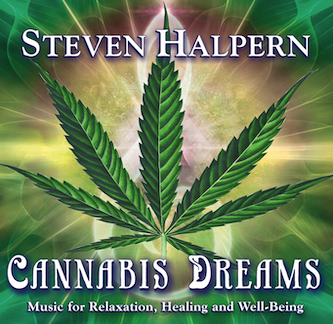 Back in the 1960s and 1970s, the combination of smoking cannabis and going to concerts to see music created by the big name rock stars of the era was not just fun, it was kind of a right-of-passage. Smoking grass in 1970, as the stuff was then called, was illegal and you literally took your life in your hands to not only enjoy it but just trying to buy it for many was an even more difficult prospect and an even more dangerous undertaking. Now consider the fact that 50+ years later, in 2021 cannabis and its family tree (CBD oil, Hemp, etc.) is a trillion dollar global industry that has turned children of the then persecuted pot heads into modern day millionaires.
Back in the 1960s and 1970s, the combination of smoking cannabis and going to concerts to see music created by the big name rock stars of the era was not just fun, it was kind of a right-of-passage. Smoking grass in 1970, as the stuff was then called, was illegal and you literally took your life in your hands to not only enjoy it but just trying to buy it for many was an even more difficult prospect and an even more dangerous undertaking. Now consider the fact that 50+ years later, in 2021 cannabis and its family tree (CBD oil, Hemp, etc.) is a trillion dollar global industry that has turned children of the then persecuted pot heads into modern day millionaires.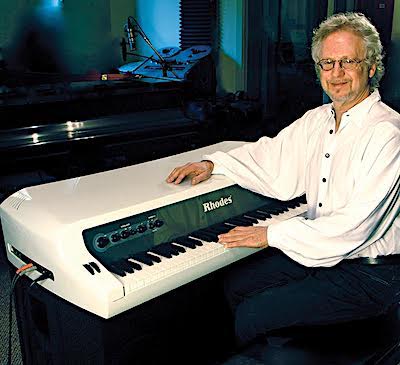
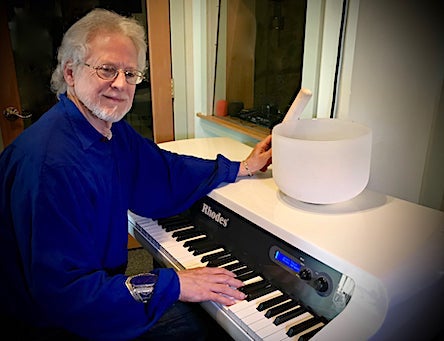 mwe3: Tell us about the connection between Cannabis Dreams and the fabled cannabis plant. I can’t think of another album or song in recent memory to pay this plant its long overdue tribute.
mwe3: Tell us about the connection between Cannabis Dreams and the fabled cannabis plant. I can’t think of another album or song in recent memory to pay this plant its long overdue tribute.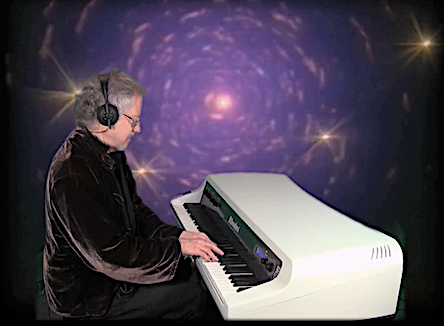 mwe3: So how did California fit into your musical picture so to speak?
mwe3: So how did California fit into your musical picture so to speak?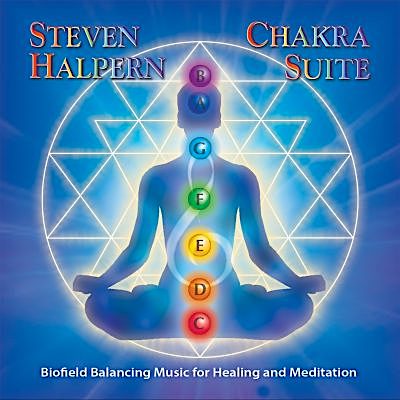
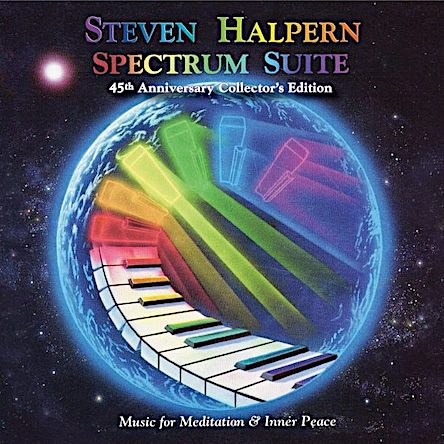
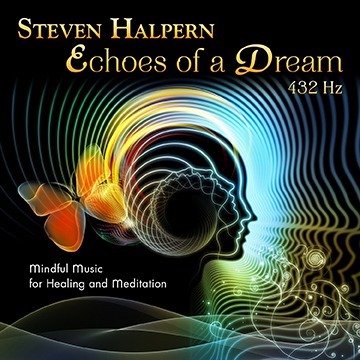
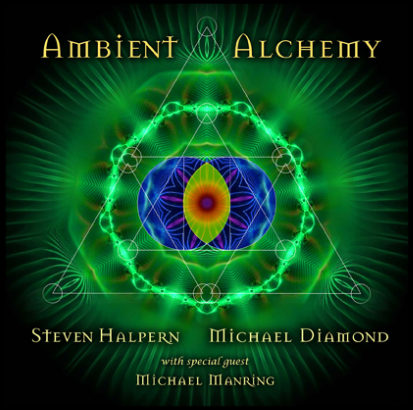
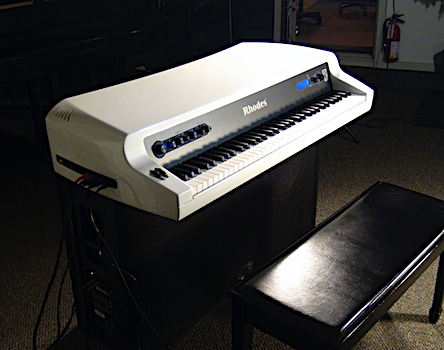
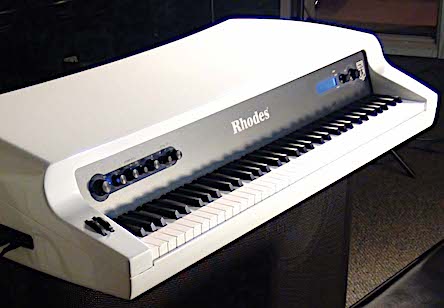
 mwe3: You also mention the Natural Cannabis Co. in Santa Rosa. Tell us your connection to other Cannabis companies.
mwe3: You also mention the Natural Cannabis Co. in Santa Rosa. Tell us your connection to other Cannabis companies. 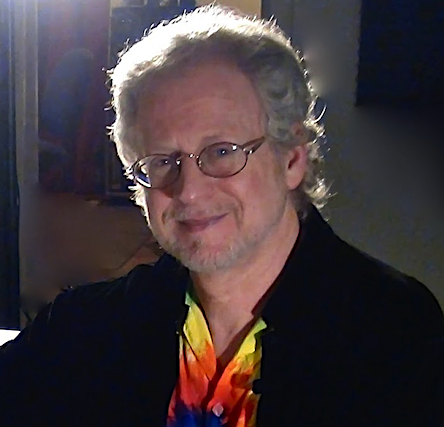 mwe3: You were far ahead of the whole New Age, musical healing scene. So do you sometimes look back to 1975 and say ‘can you believe it?’
mwe3: You were far ahead of the whole New Age, musical healing scene. So do you sometimes look back to 1975 and say ‘can you believe it?’